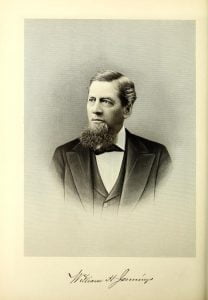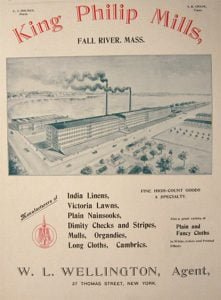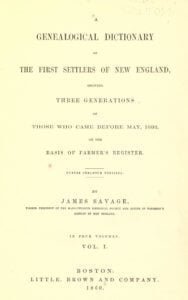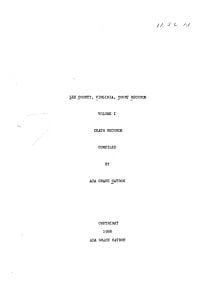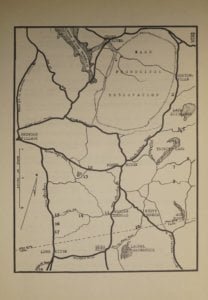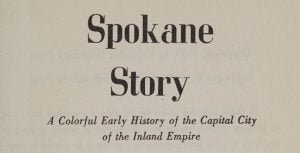Ancestry of the Jennings Family from Fall River, Massachusetts
Several persons bearing the name Jennings (variously spelled) located in Massachusetts in its early settlement. Richard Jennings put himself as apprentice to Robert Bartlett, of Plymouth, in 1635, for a period of years. He is said to have lived at Sandwich, whence he moved to Bridgewater, and had a family of children. The Jennings family was long prominent and highly respected in the town of Sandwich, but in time became practically extinct there. Thomas Jennings was an early settler in Portsmouth, R. I. It is, however, the purpose to refer here to the special Fall River family of the name the head of which was the late William H. Jennings. The latter was a descendant in the seventh generation from John Jennings of Sandwich, Mass., from whom his descent is through Isaac, John, Isaac, Isaac and Andrew M. Jennings. These generations follow in the order named.

